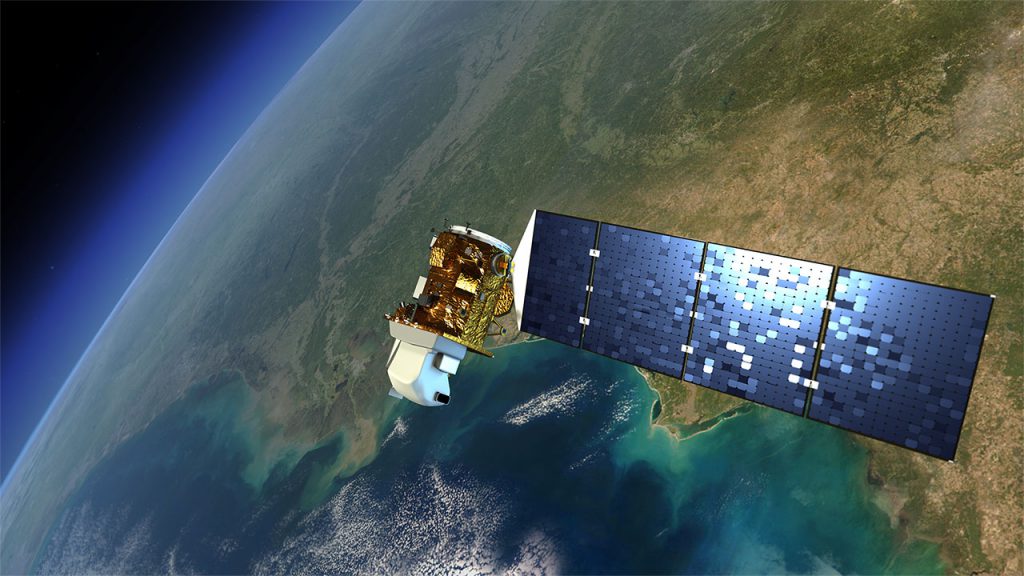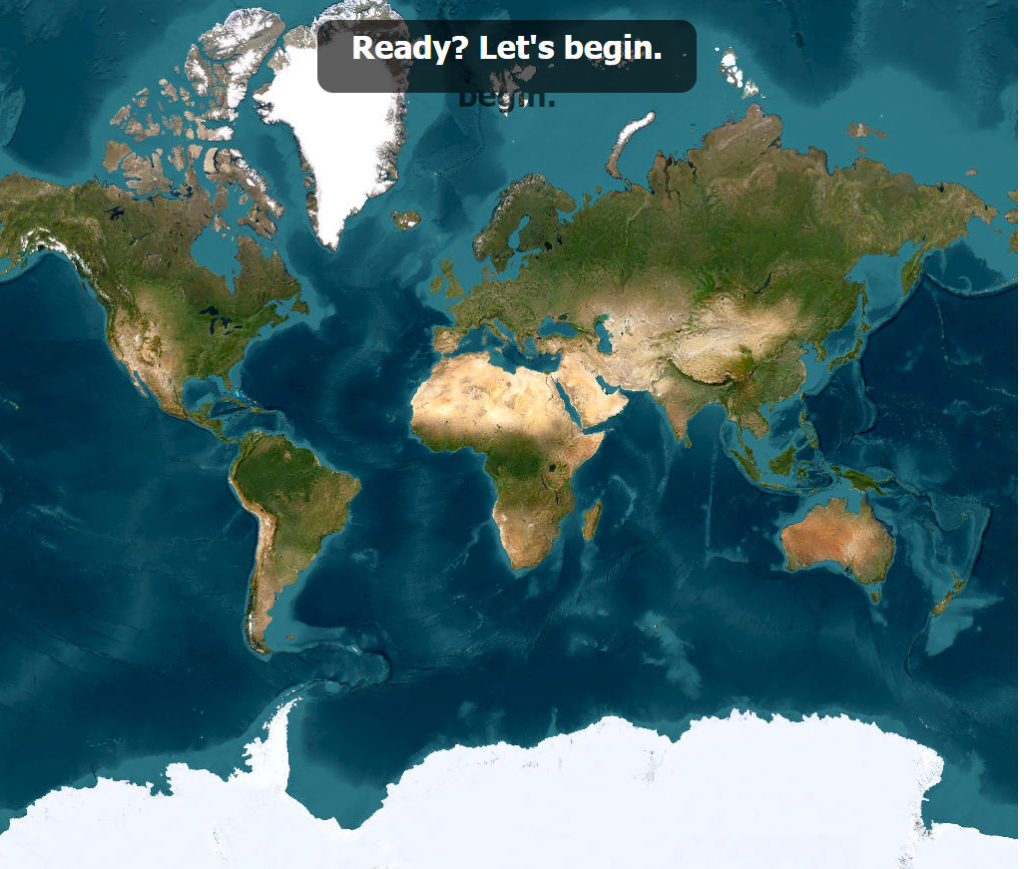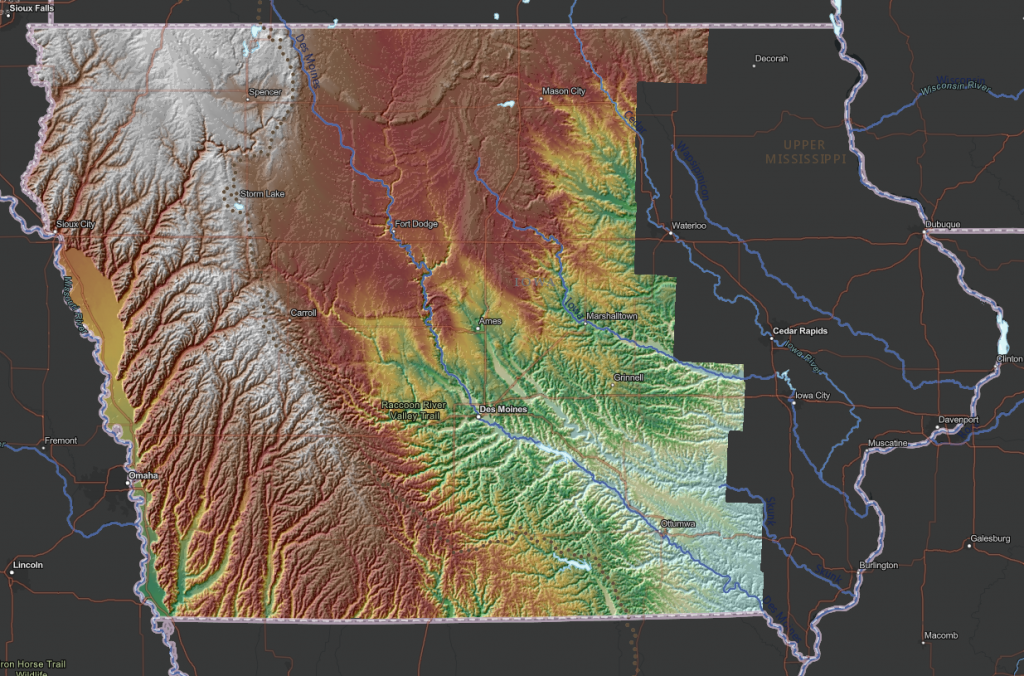Dear Teachers: Part 4 – Identify Local Natural Hazards to Prevent Powerful Disasters
As we continue moving through the series of lessons of the 2024 Earth Observation Day poster, “Earth Science Everywhere.” Today we will examine the disaster management lesson, “Exploring Disaster Management: Learning about natural hazards to prepare and prevent natural disasters”. This lesson seeks to engage students in learning about natural hazards in the environment. To begin student first will explore the volcanic eruption of Mount St. Helens. Afterwards, they will look at the potential for natural hazards in the local community. This lesson fulfills the Next Generation Science Standards (NGSS) performance expectation MS-ESS2-4.
Lesson Plan Background Information:
On May 18, 1980, Mount St. Helens erupted, causing widespread devastation across the surrounding landscape. An infrared, false-color image, captured on August 26, 1986, by the Thematic Mapper sensor on Landsat 5, vividly illustrates the eruption’s aftermath. The image reveals the extensive damage caused by the eruption, including the vast areas of barren land and the destruction of dense forests. Disaster mapping is crucial in understanding the long-term environmental impact of natural and human-made disasters. It also aids in monitoring the gradual environmental recovery process.
This lesson teaches students about natural hazards and disasters from a global scientific perspective and also to help bring awareness to the natural hazards at their local level. By having local knowledge about natural hazards students are better prepared as they make choices in their communities. In the first activity, students learn important vocabulary words. the words will help students understand the difference between a natural hazard (environmental phenomena that have the potential to impact societies and the human environment) and a natural disaster (the negative impact following an actual occurrence of a natural hazard in the event that it significantly harms a community.)
Then students will use Mt. St. Helens as a case study to examine these ideas. Students will look at a satellite image taken shortly after the Mt. St. Helens volcanic eruption and be asked to tell what is going on in the image (see Image 1). To help reinforce the vocabulary concepts students can play an online game or complete a print handout (see Image 4).
Next, students will continue learning about Mt. St. Helens by completing a reading, “Devastation and Recovery at Mt. St. Helens,” on the NASA Earth Observatory website. They will also view a time-lapse video showing images from 1979-2016. Students can complete another short online quiz or printout to assess reading comprehension. To wrap up the Mt. St. Helens lesson, students will spend time using Google Earth to explore the site of the volcano’s eruption. The teacher is encouraged to discuss how satellite imagery has been a major technological breakthrough for disaster management. It has allowed scientists a new way to monitor changes, which helps track hazards and disasters. Example: images before the eruption, in the aftermath (to assess the damage), and in the recovery phase. Share with students that the Landsat satellite has a new image every 16 days.
Transitioning to the second part of the lesson which is focused on identifying the most significant risks of natural disasters locally based on the local occurrence of natural hazards. It is important to emphasize that natural hazards can occur in any region of the country. While we can’t stop natural hazards from occurring, we can do our best to be prepared for them when they do occur.
One way we can be prepared for natural hazards is to know the greatest risks in our local community. The Federal Emergency Management Agency (FEMA) defines natural hazards as environmental phenomena that have the potential to impact societies and the human environment. FEMA created a web map of the United States that scores every location based on their risk of natural hazards and their community’s resiliency. The FEMA National Risk Index Map can help communities understand their natural hazard risks and their expected impacts during or after a disaster.
Therefore, to better understand these risks, students will learn about 18 common natural hazards, and then they will estimate which hazards they think are most likely to happen in your community. After talking with a partner and the class, students will be introduced to the FEMA National Risk Index website; please take a look at the lesson plan for more details. As the class wraps up, there will be a short discussion of emergency management careers. A final online game or printable quiz is available to test students’ natural hazards knowledge from the lesson.
To download the lesson: https://ckan.americaview.org/data/AmericaView/EOD/2024_eod_disaster.pdf
To view the 2024 EOD poster and other lesson plans: https://ckan.americaview.org/dataset/2024-earth-observation-day-poster
View related posts:
Part 3: https://www.iowaview.org/dear-teachers-part-3-a-lesson-about-forestry/
Part 2: https://www.iowaview.org/dear-teachers-part-2-exploring-the-electromagnetic-spectrum/
Part 1: https://www.iowaview.org/dear-teachers-2025-a-review-of-av-teaching-resources/



























